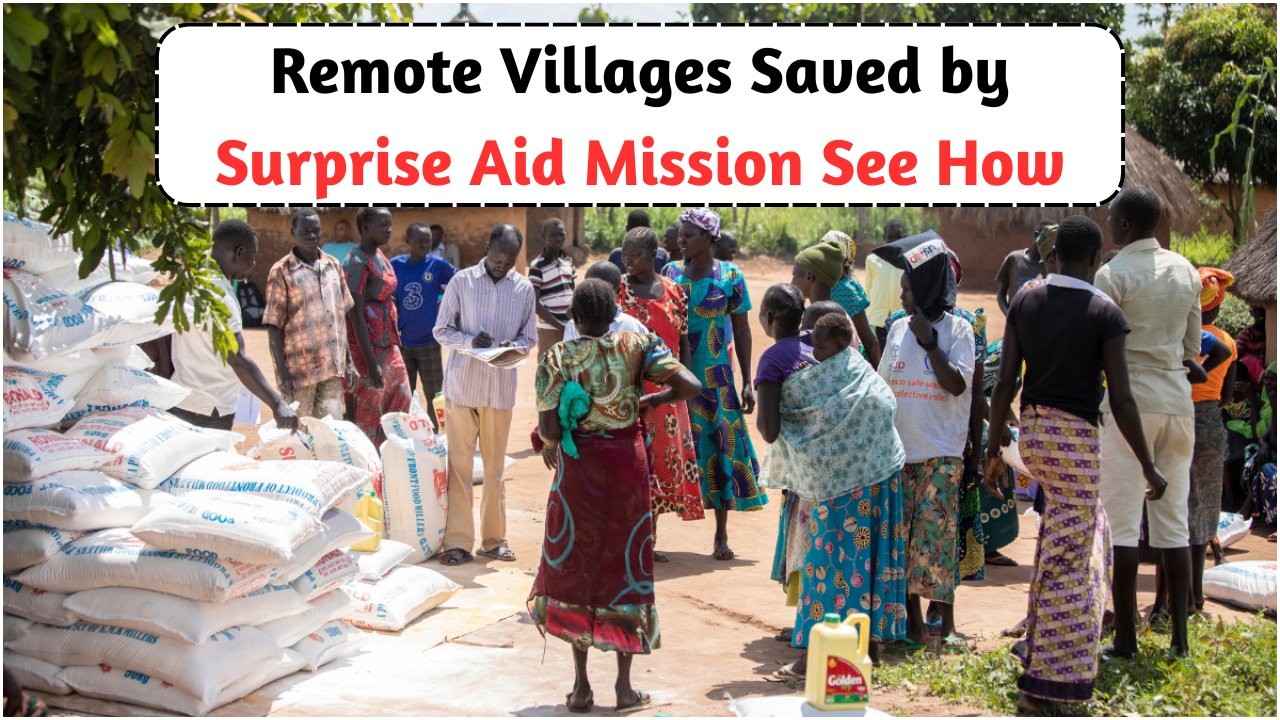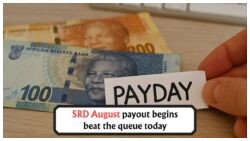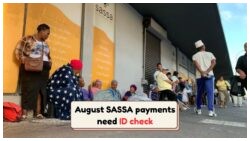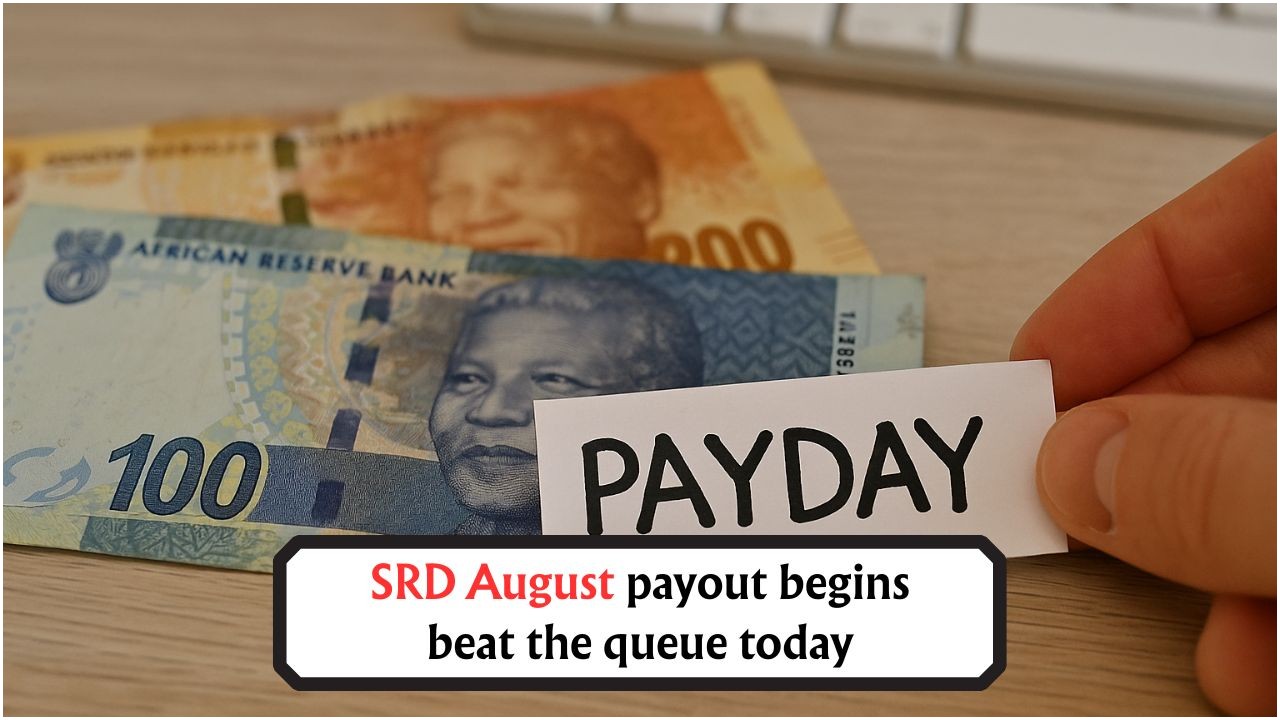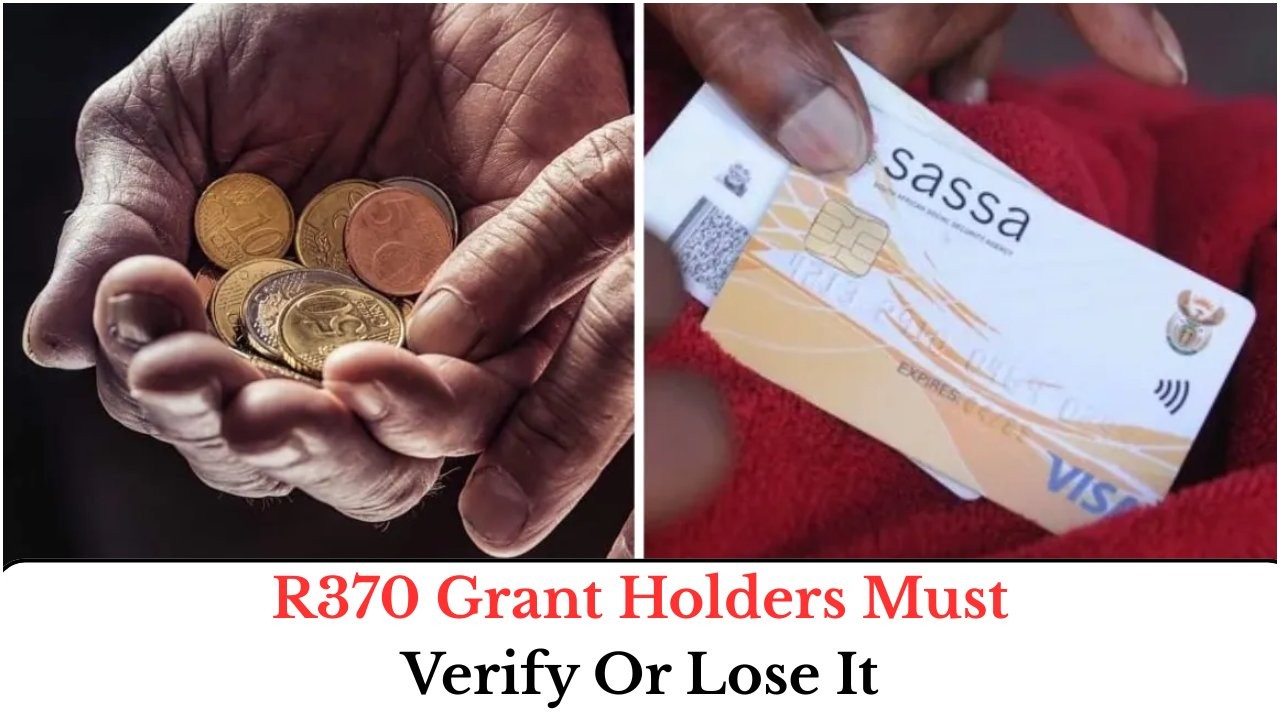Life-Saving Aid – In the remote corners of South Africa, where paved roads fade into dust and essential services often disappear from view, one organization has become a beacon of hope — Action in Isolation. Amid poverty, hunger, and inaccessibility, this grassroots movement has stepped in to deliver not just aid, but dignity, compassion, and a renewed sense of belonging.
The Forgotten Villages of South Africa
South Africa’s rural heartland — including provinces like Limpopo, Eastern Cape, and parts of KwaZulu-Natal — harbors thousands of villagers who remain disconnected from national relief programs. These areas suffer from:
- Lack of clean water access
- Inadequate healthcare facilities
- Limited or no transportation infrastructure
- Chronic food shortages
- High rates of unemployment
With many NGOs focused on urban populations, these villages are frequently overlooked — until Action in Isolation chose to act.
 Discover the Simple WhatsApp Trick to Instantly Unblock Your NSFAS R5,200 Allowance This August 2025
Discover the Simple WhatsApp Trick to Instantly Unblock Your NSFAS R5,200 Allowance This August 2025
The Mission That Sparked a Movement
Founded during the early days of the COVID-19 pandemic, Action in Isolation was born out of necessity. Its founders, a group of concerned educators, medics, and rural advocates, recognized that rural families were being crushed by the dual burdens of disease and destitution. From its humble beginnings with just a single 4×4 truck and a network of volunteers, the organization has evolved into a robust rural lifeline.
Their mission? To bring immediate, life-saving assistance — food, medicine, education, and empowerment — to the most isolated communities.
Combating Hunger with Purpose
Hunger is the most pressing issue in many of these villages. Children leave school not because of academics, but because of empty stomachs. Action in Isolation has implemented:
Key Food Relief Initiatives:
- Monthly Ration Kits: Including maize meal, cooking oil, beans, and dried vegetables
- Pop-up Feeding Kitchens: Providing two hot meals daily to over 8,000 residents across 17 villages
- Child Nutrition Packs: Specially designed for infants and toddlers to combat malnutrition
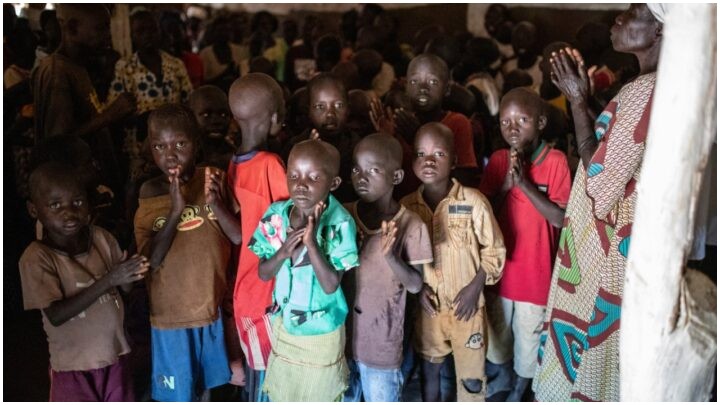
Mobile Health Care: A Lifeline on Wheels
Healthcare is often a 3-5 hour walk away for most villagers. To solve this crisis, Action in Isolation developed the Mobile Health Unit Program, which now travels on a rotating schedule to remote villages. These vehicles are staffed with:
- Volunteer doctors and nurses
- Mobile pharmacies carrying antibiotics, insulin, and basic medicine
- Diagnostic equipment for TB, HIV, diabetes, and hypertension
- Vaccination units in coordination with public health departments
Since its inception, this initiative has served over 20,000 patients, many of whom had never seen a doctor before.
Education and Psychological Support
Children are the future of every community, yet in many of these villages, schooling is a luxury. Action in Isolation focuses on:
- School Supply Drives: Distributing backpacks, books, and uniforms
- Solar Classrooms: Providing digital education through solar-powered tablets
- Trauma Counseling: Offering support for children affected by parental loss, abuse, or food insecurity
Empowerment Through Employment and Skills Training
To break the cycle of aid-dependency, the organization promotes self-reliance and skills development. Local villagers are trained and hired in areas such as:
- Organic farming techniques
- Basic first-aid and health worker training
- Water filtration system maintenance
- Solar panel installation
In 2024 alone, over 3,000 villagers gained a new skill or micro-job opportunity through this program.
Logistics and How They Reach the Unreachable
One of the biggest challenges faced by Action in Isolation is physical access. Many villages are not marked on modern maps and are reachable only by foot, animal carts, or custom 4×4 vehicles. The organization has invested in:
- All-terrain vehicles
- Drone supply drops for unreachable areas
- Satellite mapping systems to locate and plan delivery routes
- Community scouts who provide real-time updates on conditions
These innovations have cut down delivery time and increased safety for both volunteers and recipients.
Collaborations That Fuel the Mission
No grassroots organization can thrive in isolation — ironically. Hence, Action in Isolation partners with:
 Attention SRD R370 Grant Holders: Verify Now or Risk Losing Payments Under New August 2025 Rules
Attention SRD R370 Grant Holders: Verify Now or Risk Losing Payments Under New August 2025 Rules
- Local chiefs and tribal councils for community trust and access
- National food banks for consistent food supply chains
- International donors and South African diaspora groups for funding
- Medical universities for rotating interns and volunteer doctors
Voices from the Ground
“We thought we were forgotten. But then they came with food, medicine, and smiles. We now feel seen.”
– Nomusa, 67-year-old from rural KwaZulu-Natal
“Thanks to the mobile clinic, my son’s tuberculosis was diagnosed early. They saved his life.”
– Thando, mother from Eastern Cape
Impact in Numbers (2022–2025)
| Category | Figures |
|---|---|
| Villages Served | 105+ |
| Meals Provided | Over 2.1 Million |
| Medical Visits | 52,000+ |
| Children Educated | 8,400 |
| Skills Training Graduates | 9,200 |
| Female Beneficiaries | 60% of total population |
| Volunteer Count | 700+ active volunteers |
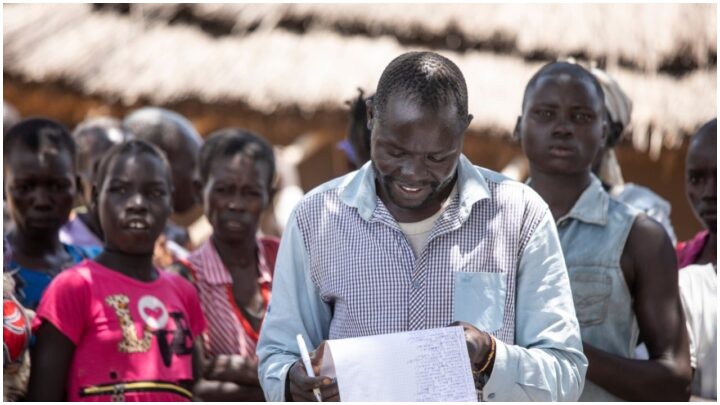
The Road Ahead
With plans to expand into Mpumalanga and the Northern Cape, Action in Isolation aims to double its operations by 2026. A key part of its vision includes:
- Establishing semi-permanent clinics
- Launching women’s cooperatives
- Creating a youth-led leadership academy in rural zones
But sustaining this work will require continued support from citizens, corporates, and policymakers alike.
FAQs
Q1: How can I support Action in Isolation’s work?
A1: You can donate online, volunteer in your region, or raise awareness through social media campaigns.
Q2: Is Action in Isolation affiliated with the South African government?
A2: No, it is an independent grassroots NGO, but it does collaborate with public institutions for specific health and education projects.
Q3: Are donations tax-deductible?
A3: Yes, the organization is registered and provides tax exemption receipts to South African donors.
Q4: Can villagers request aid directly?
A4: Yes, they can submit requests through local representatives or WhatsApp helplines maintained by the NGO.
Q5: What percentage of donations go directly to programs?
A5: Over 88% of all funds are used for on-ground aid and program development, as per their annual reports.
How does isolation in South African villages impact access to aid?
Action brings life-saving aid to remote villages in South Africa.
